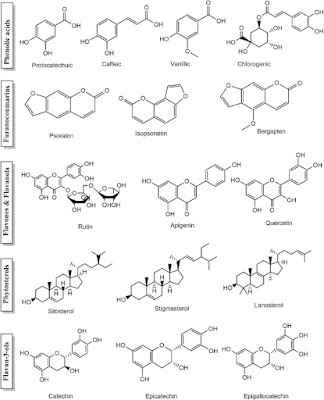Trends in Food Science & Technology, 127, 1-13, 2022
Background
The food industry constantly searches for natural derived bioactive molecules with preventive and therapeutic effects using innovative and sustainable strategies. Fig production and processing generate a considerable amount of by-products (leaves, pulp, peels, seeds, and latex) with limited commercial exploitation and negative impact on the environment. These by-products are important sources of high value-added ingredients, including anthocyanins and pectins that can be of particular interest to the food industry as functional colourants, emulsifiers, and additives.
Scope and approach
This review curates recent advances in the valorisation of fig by-products as valuable sources of bioactive molecules for functional food development. Special attention was given to widely used extraction processes, main bioactive compounds, relevant biological properties, and the application of recovered bioactives for functional food development.
Key findings and conclusions
Fig by-products are essential sources of structurally diverse bioactive molecules with unique antidiabetic, anti-inflammatory, anti-tumour, immunomodulatory and cardioprotective properties. Owing to these health-promoting potentials, an integral valorisation approach involving sustainable technologies to recover these high value-added ingredients and its utilisation in novel food formulation development should be further stimulated.

